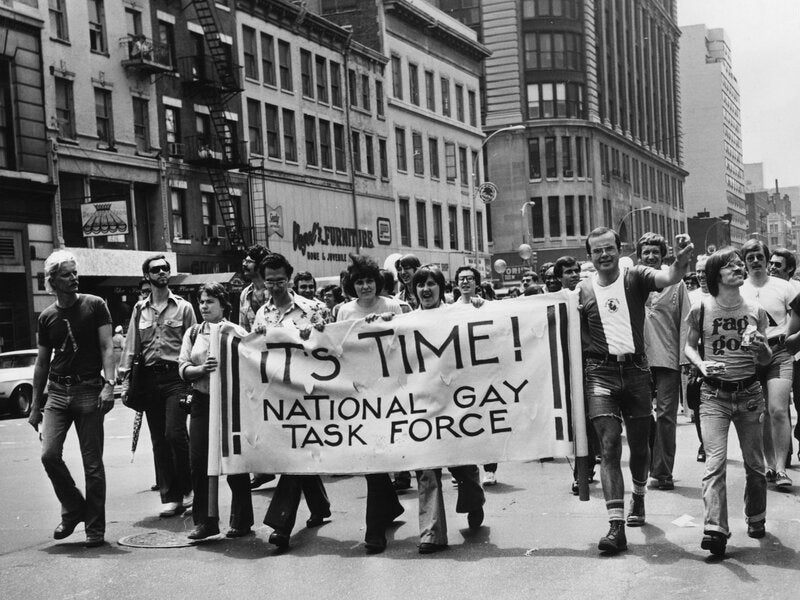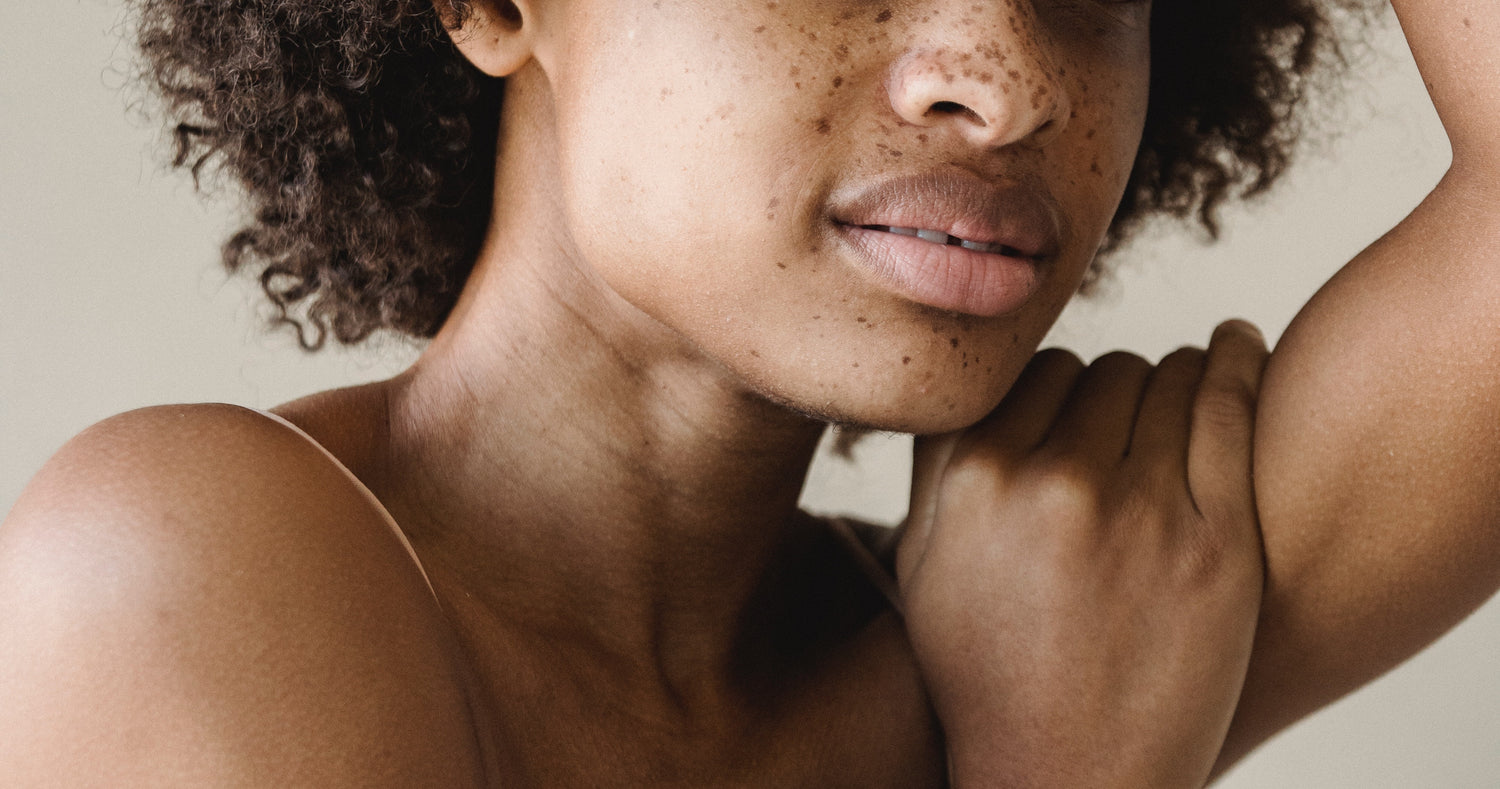The LGBT movement, or more precisely LGBTQIA+, is a rainbow of colors, cultures and genders. If today the colored flag movement is known to everyone, its history and its role are often less so. YESforLOV , your non-gendered intimate cosmetics brand, offers you today an overview of this movement which celebrates love and fights for a fairer and more inclusive society.

WHAT IS THE LGBTQIA+ MOVEMENT?
The LGBTQIA+ movement is a vibrant and colorful gathering where the most varied gender identities and sexual orientations intertwine. In this inclusive community , everyone is free to define themselves as they see fit, without fear of being judged or rejected. It embraces with openness a beautiful diversity of individuals gathered for the same cause, for the same dream, that of freedom and equality for all.
The acronym LGBTQIA+ encompasses all gender orientations and identities other than cisgender heterosexuality:
- L for Lesbians . Women romantically, emotionally or sexually attracted to women.
- G for Gays . Men who are romantically, emotionally, or sexually attracted to other men.
- B for Bisexual(s) . Individuals romantically, emotionally or sexually attracted to people of two or more different genders.
- T for Transgender . People whose gender identity differs from the one they were assigned at birth. Transgender people can be trans men or trans women, but there are also other gender identities, such as non-binary people who do not identify exclusively as male or female.
- Q for Queer . This term is often used as a label for people whose sexual orientation or gender identity does not fit heteronormative and cisnormative norms. It can also be used as an umbrella term to refer to the LGBTQIA+ community as a whole.
- I for Intersex . Intersex people are born with sex characteristics that do not match the typical expectations of male or female bodies. They may have biological characteristics that are both male and female, or that do not fit into either category.
- A for Asexual . Asexual people do not feel carnal attraction towards others.
It is essential to remember that this list is only a sketch because the LGBTQIA+ movement is open to all those who feel rejected by their sexual orientation or their gender identity . Its purpose is to celebrate diversity , its mission is to advocate inclusion and provide a platform for all sexual orientations and gender identities.
WHAT IS THE ROLE OF THE LGBTQIA+ MOVEMENT?
When we talk about the LGBTQIA+ movement, we are talking about much more than the letters of its acronym. This movement is a vibrant call for equality, acceptance and tolerance . Born out of a courageous fight against injustice and marginalization, this movement is committed to defending the rights of LGBTQIA+ people in a society that has ignored them for too long. Members of this community claim their place in society , their right to marriage, adoption, non-discrimination in the workplace and a life without fear of LGBTphobic violence .
The LGBTQIA+ movement is also a space of solidarity , sharing and mutual aid for its community. In this meeting place, they can find the strength to come out of their isolation, help each other and fight together for their rights.
The LGBTQIA+ movement also has a key role in raising society's awareness of the realities and issues of LGBTQIA+ people. By organizing major events such as the Pride March , which will take place on Saturday June 24 , this movement helps to break down stereotypes and prejudices , and to make the voices of LGBTQIA+ people heard in a society that is still a little too hetero-normative.

THE HISTORY OF THE LGBTQIA+ MOVEMENT
The LGBTQIA+ movement has a rich and complex history, marked by fierce struggles for the recognition and protection of the rights of those affected. For centuries, the members of this community have been victims of discrimination, violence and oppression of all kinds.
During the 20th century, homosexual liberation movements multiplied throughout the world, testifying to the desire of the LGBT community to take charge of its own destiny.
In the United States, the birth of the gay liberation movement is often associated with the Stonewall Riot , which took place in 1969 in New York City. When the police raided a bar frequented by the gay community, the customers rebelled, leading to clashes that lasted several days.
This event was the starting point for many demonstrations and mobilizations around the world, which gave birth to many organizations defending the rights of LGBT people. In France, the homosexual liberation movement emerged in the 1970s, with the creation of the Front Homosexual d'Action Révolutionnaire (FHAR) . This movement organized numerous demonstrations and demanded equal rights for LGBT people. Over the following decades, the movement continued to grow and grow stronger, with more victories and legislative advances. In 1999, France recognized civil unions for same-sex couples , but it took until 2013 for marriage for all to be adopted thanks to the mobilization and determination of LGBTQIA+ people and their allies.
Despite these encouraging advances, the movement still faces many challenges as homophobic and transphobic violence and attacks are still frequent. In 2019, more than 1,899 acts were reported to the SOS Homophobia association in 2019 and more than 55% of LGBT people who suffered homophobic or transphobic acts. Internationally, the observation is the same, many countries continue to apply laws that criminalize homosexuality and transidentity. Their demands are deep and legitimate and deserve to be heard. They relate in particular to the recognition and protection of the rights of intersex people, the fight against transphobia and the promotion of equal rights for all LGBTQIA+ people, regardless of their gender identity or sexual orientation. In 2023, LGBTQIA+ people continue to face discrimination in many areas, including employment, housing, health and education. The movement must therefore continue to fight to advance the rights and freedoms of LGBTQIA+ people and end the invisibility of homosexuality in society.


